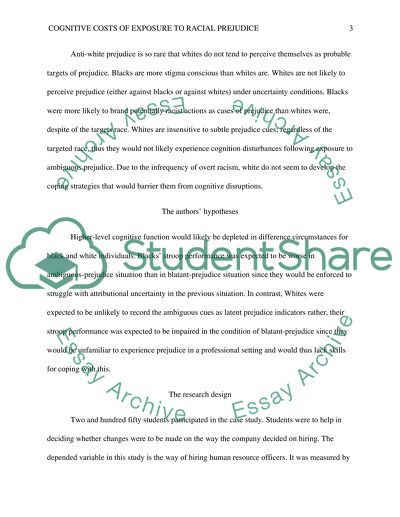Cite this document
(“Cognitive Costs of Exposure to Racial Prejudice Research Paper”, n.d.)
Cognitive Costs of Exposure to Racial Prejudice Research Paper. Retrieved from https://studentshare.org/psychology/1437866-salvatore-j-and-shelton-jn
Cognitive Costs of Exposure to Racial Prejudice Research Paper. Retrieved from https://studentshare.org/psychology/1437866-salvatore-j-and-shelton-jn
(Cognitive Costs of Exposure to Racial Prejudice Research Paper)
Cognitive Costs of Exposure to Racial Prejudice Research Paper. https://studentshare.org/psychology/1437866-salvatore-j-and-shelton-jn.
Cognitive Costs of Exposure to Racial Prejudice Research Paper. https://studentshare.org/psychology/1437866-salvatore-j-and-shelton-jn.
“Cognitive Costs of Exposure to Racial Prejudice Research Paper”, n.d. https://studentshare.org/psychology/1437866-salvatore-j-and-shelton-jn.


